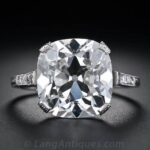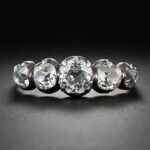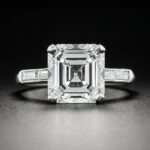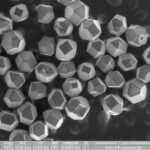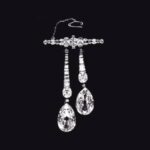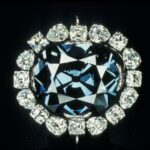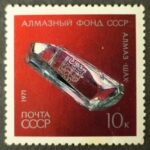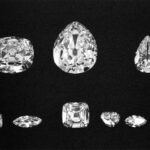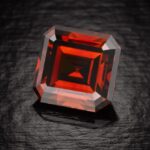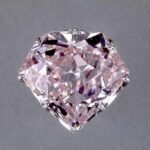Diamonds, by nature of their unique characteristics, can be evaluated much more precisely than other gems. Their extreme hardness allows for meticulousness in cutting and polishing not possible with any other gem material. A diamond’s cut is one of the 4 C’s, along with color, clarity, and carat weight, that are examined to determine its beauty and worth. Analyzed scientifically this combination of the four major elements that describe the quality of a diamond are used to place a market price on an individual stone. Looked at from an emotional standpoint, these same elements are the ones that “speak to you” compelling you to fall in love with the diamond of your dreams. Exploration of the 4 C’s (or should I say: 4C’s and a “B”) is paramount in determining priorities with regard to purchasing a diamond; what cutting style or shape, how many carats, what color, clarity and, of course, what will the budget withstand.
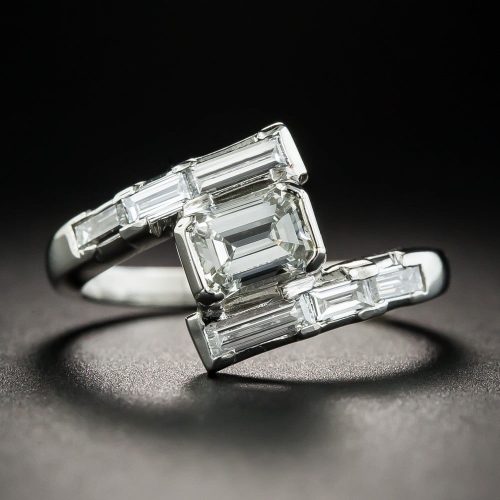
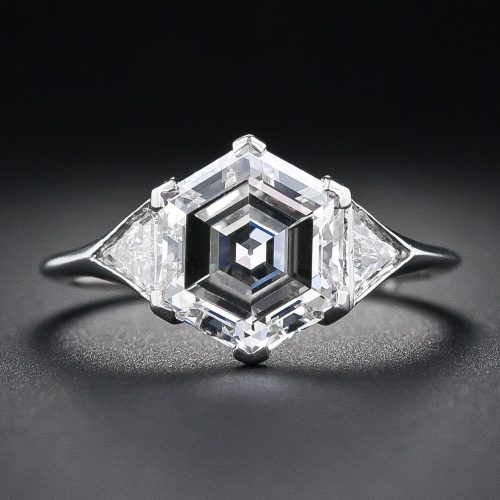
Cut
The outline of a diamond is a major consideration when choosing a special stone and the shape contributes to the overall “cut” portion of our equation. Diamonds come in a myriad of shapes, including round, emerald, pear, marquise, heart, oval, cushion and many more. The outline usually, but not always, has an effect on the cutting style, for example, a round diamond is usually cut in a brilliant pattern, pears, marquises, triangles, hearts, and ovals can be brilliant-cut as well. Emerald-cut diamonds are achieved by using a step-cut facet arrangement. There are other square and rectangular diamond cuts, such as the princess cut and radiant cut, and their facet arrangement is individualized to the cut. Trademarked diamond cuts are available for those who want something a bit different and new designs are always being researched and produced.
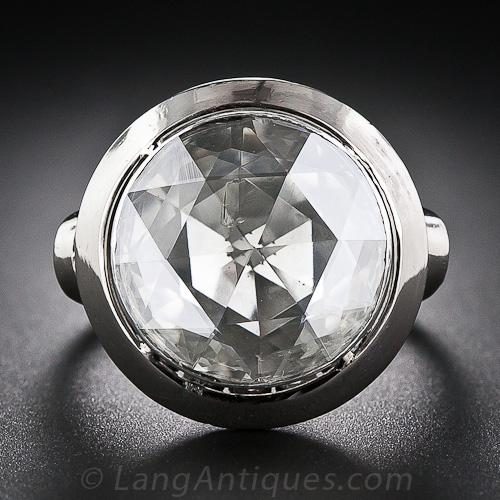
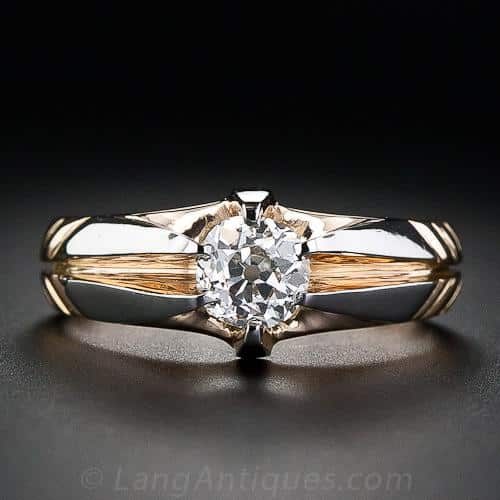
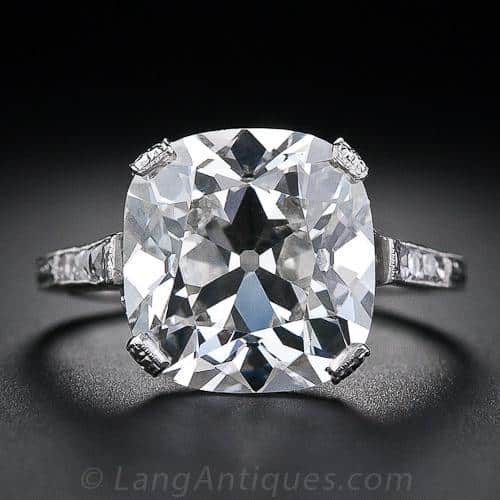
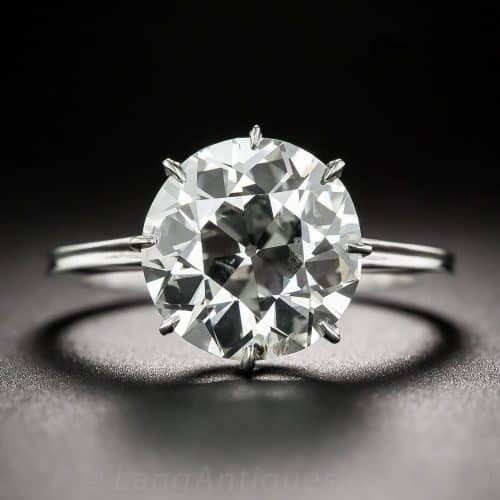
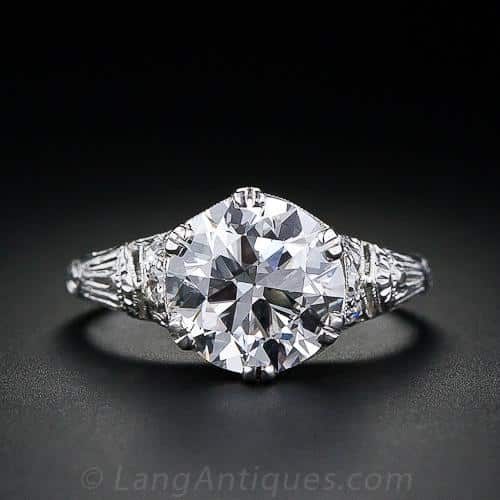
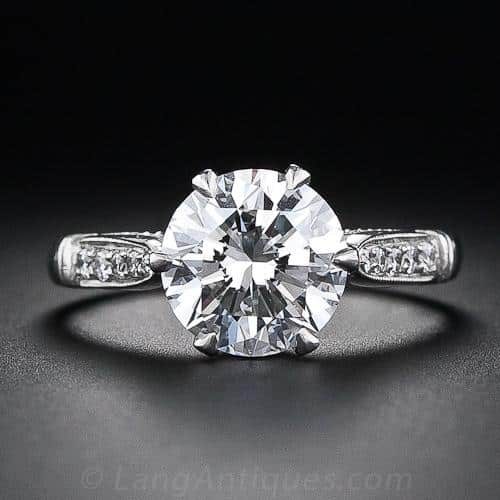
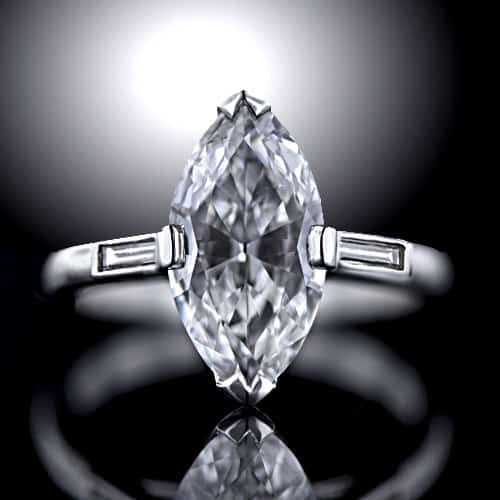
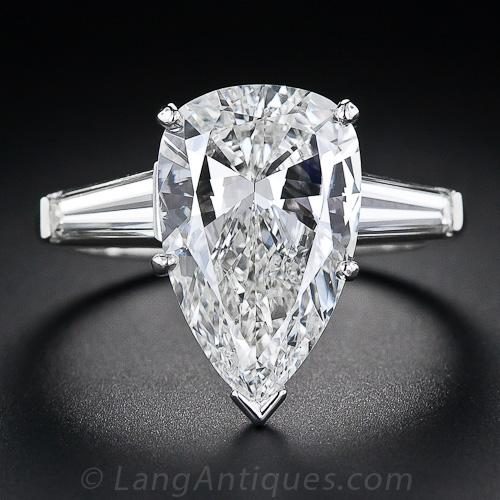
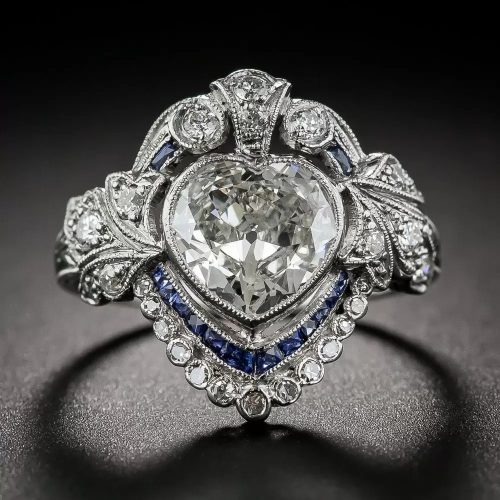
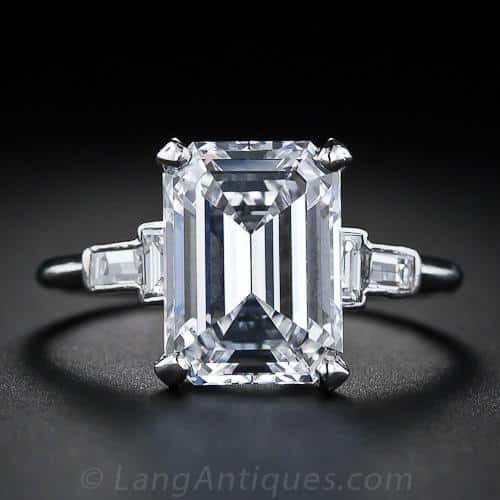
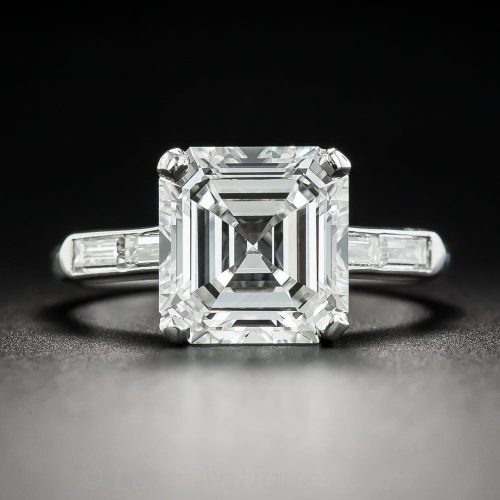
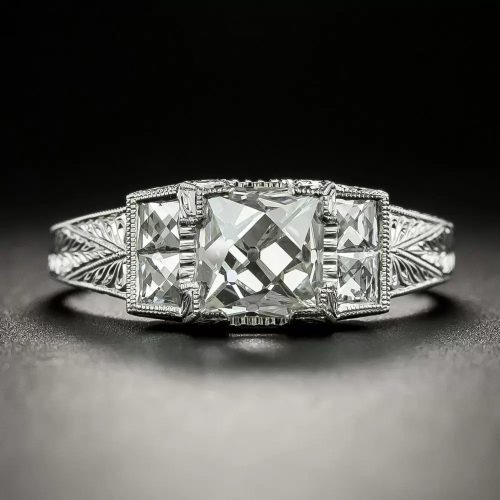
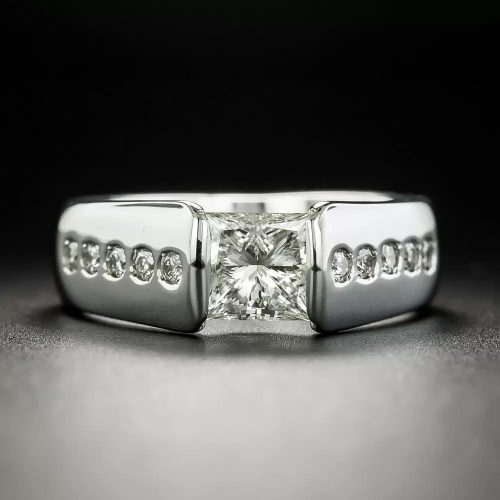
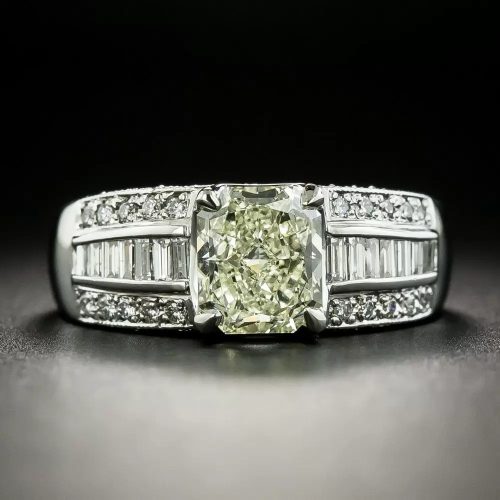
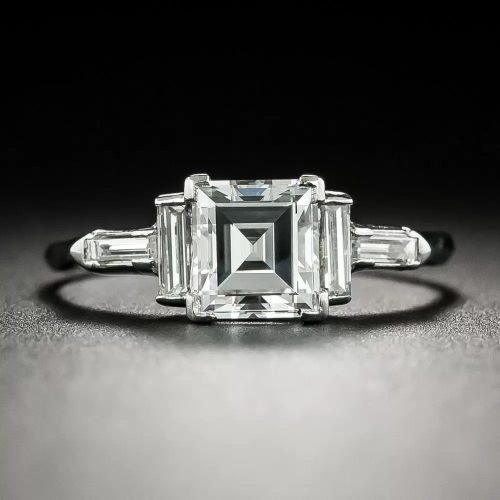
“Beauty is in the eye of the beholder.” Viewing the diamond’s shape and cut evokes a response from the viewer, whatever your preference; antique, traditional or modern-cut stone, is a personal decision. Some of the “beauty” can be quantified and some comes from the heart. How well the facets on a round brilliant-cut are arranged, executed and proportioned are stated on some Diamond Grading Reports. The GIA Grades Round Brilliant-Cuts as; Excellent, Very Good, Good, Fair or Poor. There are many paths to a good cut grade and diamond cutters now have access to this information in order that they may focus on cutting “excellent” stones for the diamond marketplace. For other shapes symmetry, polish, facet arrangement, angles and proportions all combine to create the cut.
Color
The next most observable element in the equation is color. Colorless to near-colorless diamonds are graded on a scale that ranges from D (colorless) to Z (light yellow) based on their relative absence of color. Less color equates to an increase in the stone’s overall value.
- D-F Colorless
- G-J Near Colorless
- K-M Faint Color
- N-R Very Light Color
- S-Z Light Color
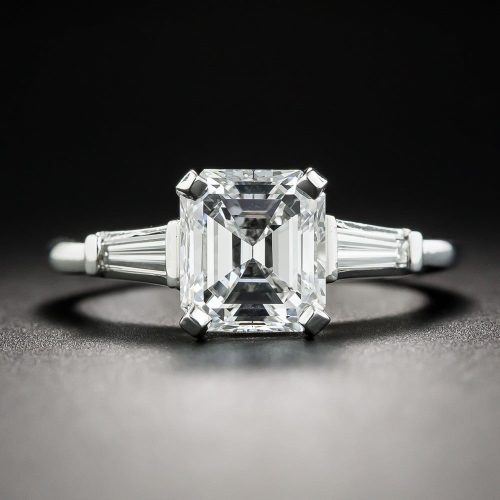
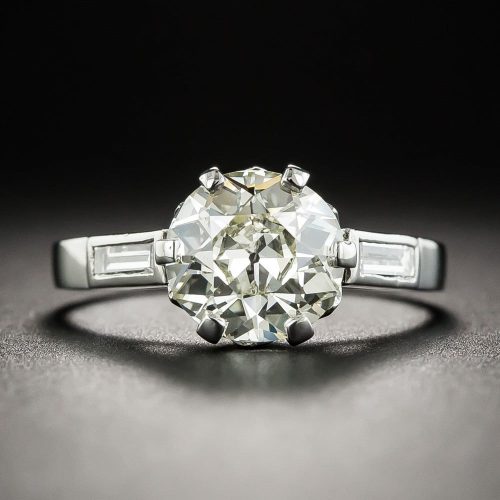
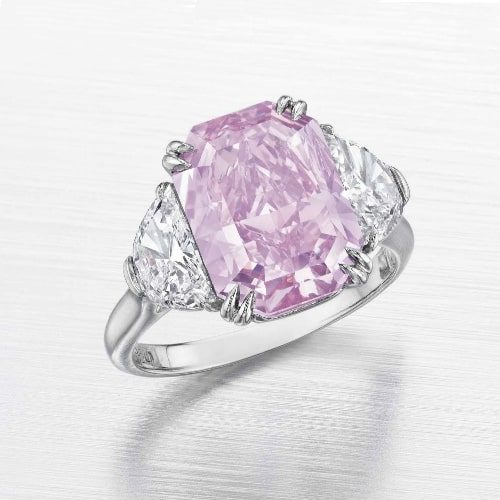
Fancy Color Diamonds are graded on the presence of color and are described through the use of specific terminology. In this case, more intensity of color equals more value.
- Hue – Color Name (with an intensity modifier)
- Fancy Light
- Fancy
- Fancy Intense
- Fancy Deep
- Fancy Vivid
- Fancy Dark
- Tone – Light to Dark
- Saturation – Intensity of Color
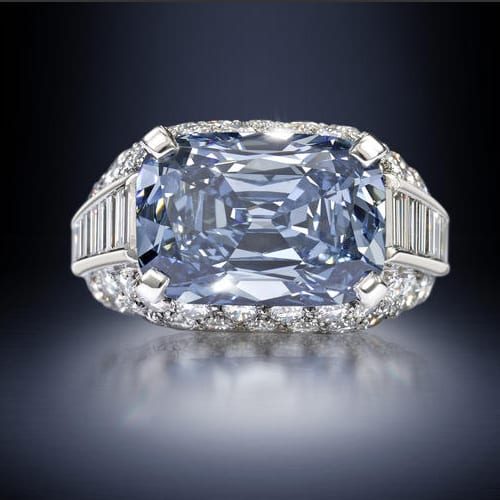
Clarity
Diamond clarity is the element that is not usually casually observable. Diamond grading laboratories and gemologists use a 10x magnification loupe to grade the clarity of a diamond. Imperfections such as inclusions and surface blemishes that can be observed at 10 power are rated on a scale from “flawless” to “included.” This category can really help your budget if you can find a stone with a few inclusions placed where they don’t necessarily impact the overall look of the diamond. Clarity is reported as follows:
- FL (Flawless) – no inclusions (internal) or blemishes (surface)
- IF (Internally Flawless) – no inclusions – minor surface blemishes
- VVS1 VVS2 (Very Very Slightly Included) – very, very small inclusions
- VS1 VS2 (Very Slightly Included) – very small inclusions
- SI1 SI2 (Slightly Included) – small easier to view inclusions
- I1 I2 I3 (Included) – larger inclusions viewable without magnification
Carat Weight
The unit of measurement for diamonds is the “carat,” which refers to a diamond’s weight, not its size. An easy reference point is that one carat equals 0.200 grams (200 milligrams.) It is not uncommon for a diamond to appear larger or smaller to the wearer than its actual carat weight, depending on many other factors including the shape and the way in which it is set. So, while carat weight is important to both the value and appearance of the stone, it should not be the sole determining factor when choosing a diamond, especially in an engagement ring. You may find that a stone of technically smaller carat weight has a greater presence on the finger than expected, and vice versa.
The carat is expressed as a decimal (0.75 cts.) or a fraction (3/4 ct.) and small diamonds (melee) are referred to as “points” (1/100 of a carat 0.01 ct.)
Related Reading
Shop at Lang
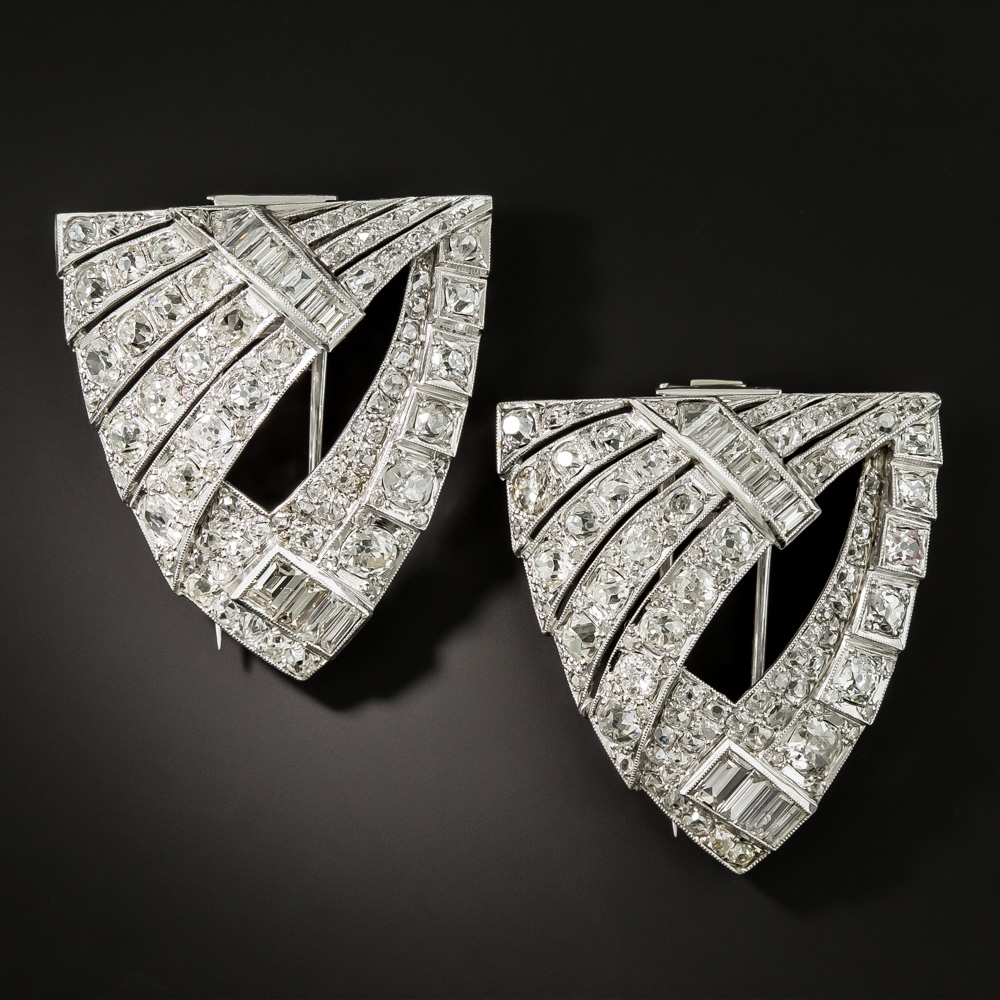
Large Art Deco Diamond Dress Clips
Wow is the word! These dynamic Art Deco dazzlers, distinctively fashioned as Reuleaux triangles (curved sides), sparkle intensely with sweeping platinum ribbons…
SHOP AT LANG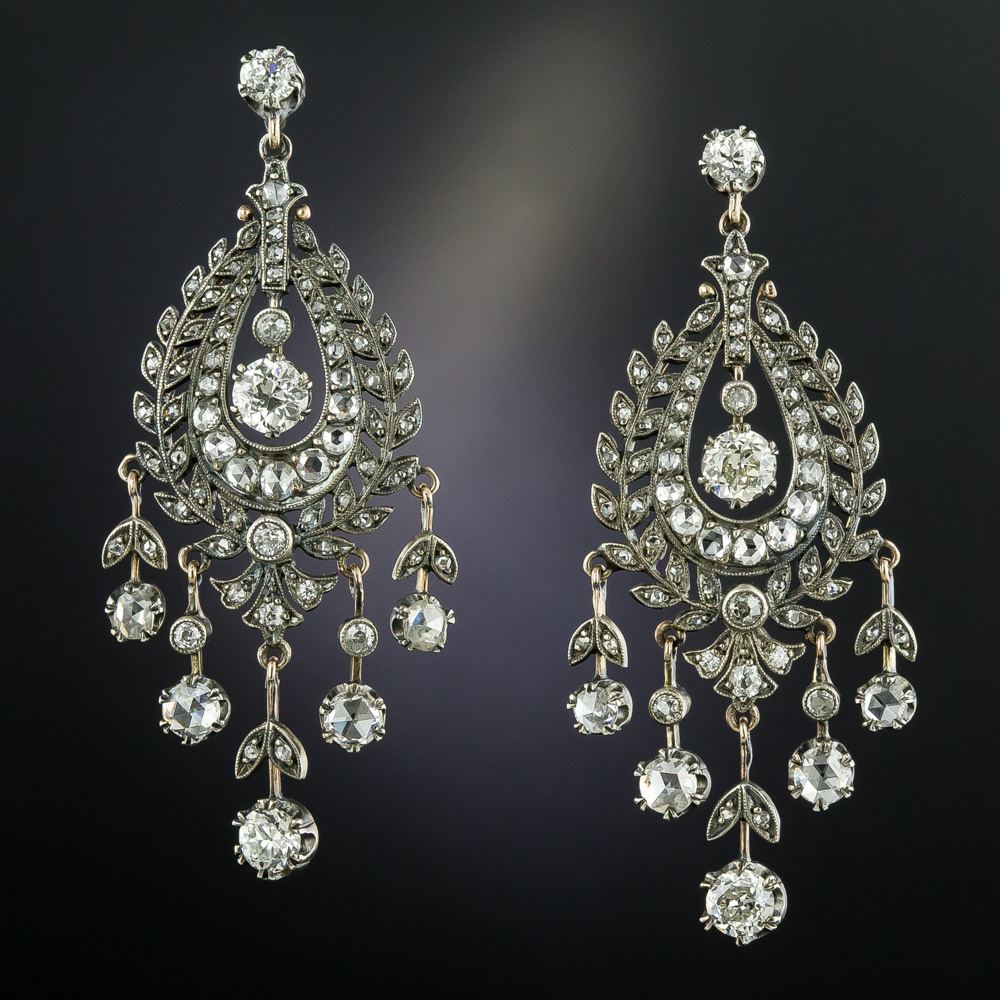
Victorian Diamond Silver over Gold Chandelier Earrings
Queen Victoria might have worn a pair of earrings like these on a more casual day--if there is such a thing for a queen. Hand fabricated in silver over 9ct. gol…
SHOP AT LANG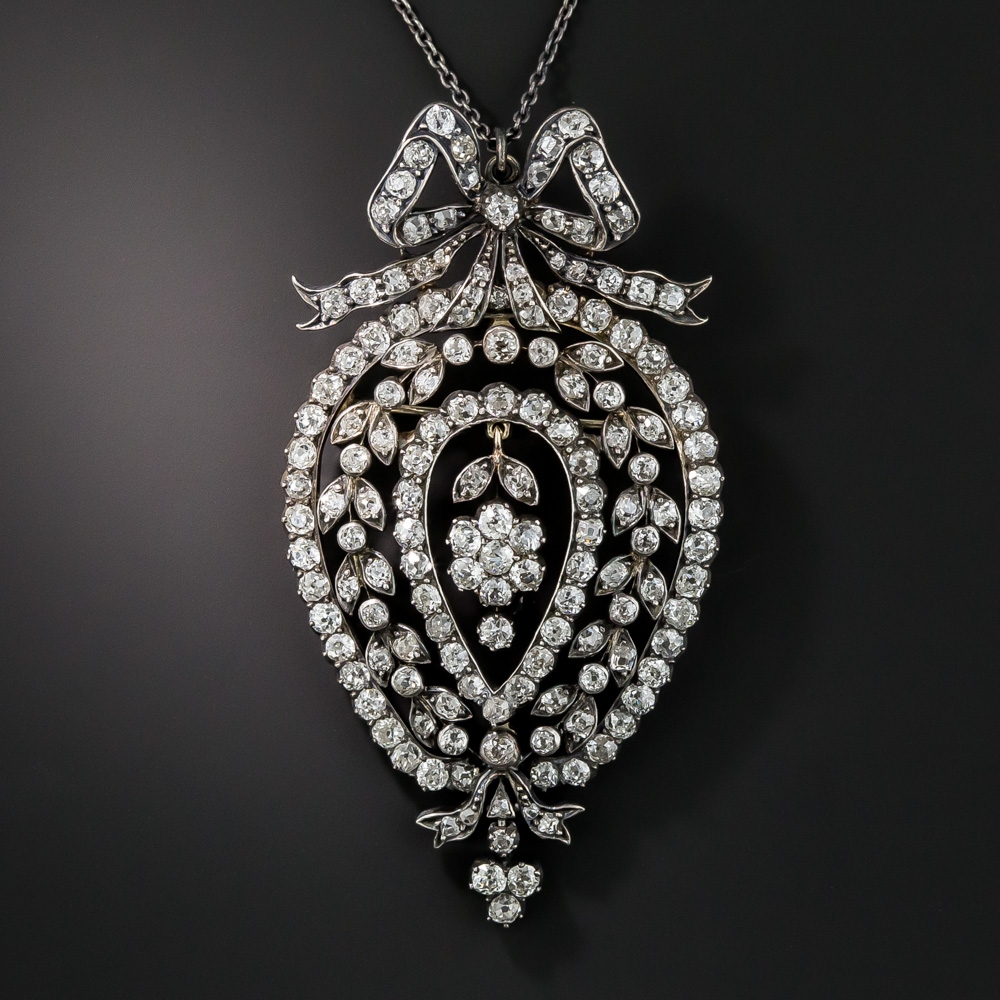
Late Victorian/Edwardian Diamond Pendant/Brooch
Late-Victorian/early-Edwardian jewelry mastery is in full flower with this breathtakingly beautiful bauble (wearable as both a necklace pendant or brooch), fine…
SHOP AT LANG
